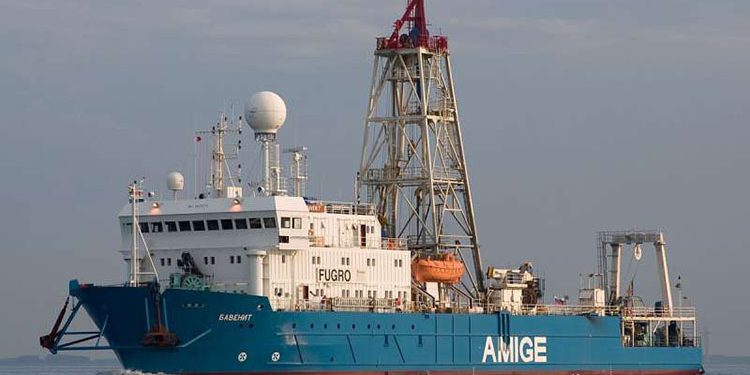Rosneft: Starts Unique Geological Research on the Shelf of the Eastern Arctic
The research expedition of PJSC NK Rosneft started from Murmansk. The drilling ship “Bavenit” is heading to the Laptev Sea to, for the first time in history, drill shallow stratigraphic wells in the Eastern Arctic and take cores for scientific work. Valuable stone material will serve as a direct source of geological information required to determine the age (stratification), composition, and formation conditions of sedimentary rocks in the studied shelf region. As a result of the expedition, scientists expect to build a reliable geological model of the region and assess its oil and gas potential.
Rosneft is implementing a comprehensive long-term scientific program in the Arctic, which includes geological, hydrometeorological and environmental studies. The work is carried out in cooperation with the leading scientific and design organizations of the country. Since 2012, the Arctic Research Center of the Company has organized over 30 expeditions to the polar regions – these are the largest-scale studies of the Arctic since Soviet times.
For the Rosneft expedition, the Bavenit drilling vessel was equipped with the latest domestic equipment, which makes it possible to carry out the so-called “diamond” drilling to a depth of 500 meters, accelerate core sampling several times and improve the quality of rock samples taken. The vessel is also equipped with unique fiber-optic geophysical equipment to tie the core to the seismic section.
Laboratory core analyzes will be performed by Innopraktika and the Geological Faculty of the Moscow State University. Lomonosov. Now the laboratories continue to study rock samples taken in 2020 in the north of the Kara Sea as a result of similar work.
Field work in the Laptev Sea will be carried out in compliance with the highest environmental and environmental standards. The project was preceded by long-term geological expeditions to the research region, as well as a cycle of seismic exploration, engineering and geophysical work. All this made it possible to build a comprehensive geological model of the Eastern Arctic shelf, which will be detailed based on the results of the expedition.











